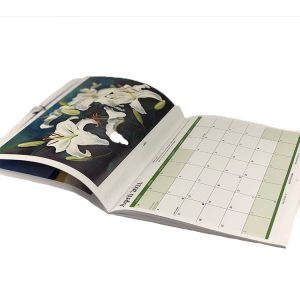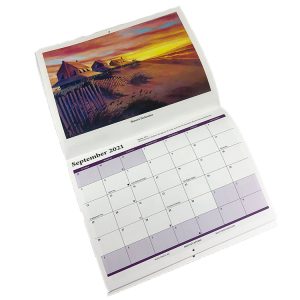Historical calendars varied widely across cultures and civilizations, and many of them were documented in various forms such as manuscripts, inscriptions, and artifacts. While I can’t provide specific pages from historical calendars, I can give you some examples of important historical calendars and their features:
- Mayan Calendar:
- The Mayans had several calendars, including the Tzolk’in (260-day calendar) and the Haab’ (365-day solar calendar).
- The Long Count calendar, which is the most famous, was used for tracking longer periods of time and had cycles that extended over thousands of years.
- Ancient Egyptian Calendar:
- The ancient Egyptians used a calendar based on the heliacal rising of the star Sirius, which marked the beginning of the Nile flooding season.
- Their calendar had 12 months of 30 days each, with five additional “epagomenal” days at the end of the year.
- Roman Calendar:
- The early Roman calendar had ten months and a year of 304 days, with significant inaccuracies.
- The Julian calendar, introduced by Julius Caesar, had 12 months and a 365-day year with a leap year every four years.
- Islamic Calendar:
- The Islamic calendar is a lunar calendar consisting of 12 or 13 months based on the sighting of the moon.
- It’s used for religious purposes in Islam, with the months shifting through the solar year.
- Chinese Calendar:
- The Chinese calendar is a lunisolar calendar with months based on the moon’s phases and years based on the sun’s movement.
- It incorporates a system of animal zodiac signs and elements, with each year assigned an animal and an element.
- Hindu Calendar:
- The Hindu calendar varies by region and tradition but generally combines lunar months with solar years.
- It’s used for religious and cultural events, and different regional calendars have specific names for months and years.
- Jewish Calendar:
- The Jewish calendar is a lunisolar calendar that uses both lunar and solar cycles.
- It’s used to determine the dates of Jewish holidays and religious observances.
- Aztec Calendar:
- The Aztecs had a complex calendar system that included the Tonalpohualli (260-day ritual calendar) and the Xiuhpohualli (365-day solar calendar).
- The Sun Stone, often referred to as the “Aztec calendar stone,” is a famous circular stone carving that represents both of these calendars.
While I can’t provide actual pages from historical calendars, you can find illustrations, reconstructions, and descriptions of these calendars in various historical texts, academic resources, and museum exhibits. These calendars offer fascinating insights into the ways ancient civilizations perceived and organized time.


























